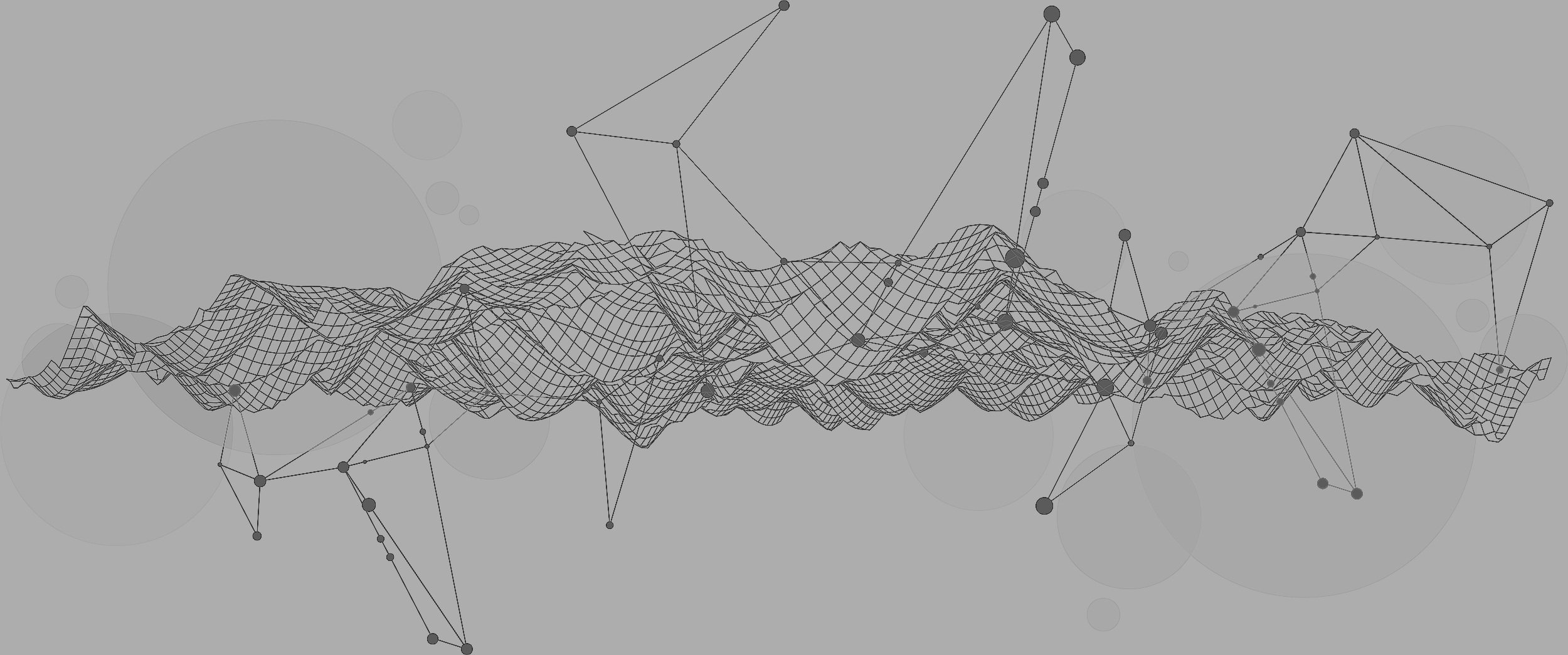Real-Time Epidemic Tracking using Applied Data Engineering
Healthcare and Life Sciences
Amid the complexities of healthcare, the need for real-time epidemic tracking has never been more critical. We present a meticulously devised approach for Real-time Epidemic Tracking, driven by strategic healthcare insight, Product Leadership (Productization), Applied Data Engineering, and Sustenance. This prescribed methodology aims to redefine epidemic monitoring, with accuracy, and rapid response capabilities.
1. Strategic Healthcare Insight Mastering the Dynamics of Epidemics
A preliminary holistic Assessment that comprehensively evaluates the healthcare landscape by collaborating closely with epidemiologists, healthcare experts, and public health authorities to comprehend the intricate dynamics of epidemics, including:
Disease Transmission Mechanisms: In-depth analysis of how the disease spreads, including modes of transmission (e.g., airborne, vector-borne, waterborne), incubation periods, and the contagiousness of infected individuals.
Incubation and Latency Periods: Studying the time between infection and symptom onset is vital, as it impacts the ability to detect and isolate cases promptly.
Population Vulnerability: Assessing which demographic groups are most vulnerable to the disease, considering factors like age, preexisting health conditions, and socioeconomic status.
Geographic Spread: Analyzing how the disease spreads geographically, identifying hot spots, and understanding the movement patterns of individuals that contribute to its dissemination.
Immunity and Vaccination Status: Evaluating the level of immunity within the population, considering both natural immunity from prior infections and immunity resulting from vaccination campaigns.
Mutation and Variants: Monitoring the emergence of new strains or variants of the disease, which can impact its transmissibility, severity, and vaccine efficacy.
Healthcare Infrastructure: Assessing the capacity of healthcare facilities, availability of critical resources (e.g., ventilators, ICU beds), and the ability to handle surges in cases.
Behavioral Factors: Understanding human behavior, including compliance with public health measures (e.g., mask-wearing, social distancing), travel behavior, and vaccine hesitancy.
Epidemiological Models: Utilizing mathematical models to simulate disease spread under various scenarios, helping predict future trends and guide interventions.
Data Sources: Identifying and integrating diverse data sources, such as clinical records, laboratory results, hospital admissions, and syndromic surveillance data.
Government Policies: Evaluating the impact of government interventions, such as lock downs, travel restrictions, and vaccination campaigns, on disease dynamics.
Environmental Factors: Considering how environmental conditions (e.g., temperature, humidity) affect disease survival and transmission.
Global Interconnectedness: Recognizing that epidemics are often global, and understanding international travel and trade implications.
Zoonotic Potential: Investigating whether the disease can be transmitted from animals to humans, which is critical for early detection in zoonotic outbreaks.
Public Health Infrastructure: Evaluating the capacity of public health agencies to conduct testing, contact tracing, and isolation efforts effectively.
Strategy Formulation: Design a strategy based on the above research for a real-time epidemic tracking methodology. Focus on interpreting multi-dimensional data streams and devising data-driven interventions for early detection and containment.
2. Product Leadership (Productization) Empowering Public Health Authorities
Productization: Commission an intelligent Data-intensive product that streamlines real-time epidemic tracking. Ensure seamless integration with various data sources, including healthcare facilities, laboratories, and IoT devices.
3. Applied Data Engineering using Data-Driven Insights for Timely Response
Data Integration: Establish a robust data integration framework that amalgamates diverse data sources, such as clinical reports, genomics, mobility data, and social media signals.
Advanced Analytics: Implement predictive analytics techniques, including Graph-based Deep Learning models and Bayesian networks, to extract actionable insights from epidemic data. Deploy Bayesian networks to model probabilistic dependencies within epidemic data, enabling real-time probabilistic forecasting of disease spread.
4. Sustenance and Continuous Advancement Foundations of Sustainable Epidemic Tracking
Continuous Vigilance: Provide ongoing support and maintenance for the deployed solutions. Regularly update data sources, algorithms, and response protocols to stay ahead of evolving epidemics.
Adaptive Enhancements: Commit to continuous improvement by incorporating the latest advancements in healthcare and data science. Implement system updates to keep the solution at the forefront of chronic disease management. Commit to continual enhancement by embracing the latest advancements in healthcare and data science. Implement adaptive algorithms that can dynamically adjust tracking strategies based on emerging trends.
Recommendations: Employ Reinforcement Learning algorithms to allow the system to autonomously optimize care pathways in real-time, ensuring responsiveness to evolving healthcare dynamics. Utilize Online Learning techniques to allow the system to adapt to shifting epidemic patterns in real-time, ensuring proactive response strategies.
Summary
This prescribed approach for Real-time Epidemic Tracking, fortified by healthcare insight, Cutting-Edge Product Leadership (Productization), Applied Data Engineering, and Sustenance, represents a transformative roadmap. It empowers public health entities with intelligent tools, data-driven insights, and unwavering support, reshaping epidemic monitoring. In the times where rapid response is paramount, this approach defines a framework for epidemic tracking, setting new standards for precision and agility.

Would you like more information?
If you want to more information about this subject please get in touch with our Topology expert, who would be pleased to hear from you.
Invoke Ingenuity Data Topology Specialist
Ingenuity Framework is designed and maintained by our Data Topology team who are backed by our R&D on TDA sciences.


